10 Spices That Will Make Your Indian Dishes Go from Meh to Magic!
If you've ever wondered why Indian food smells like it came straight out of a dream, or why your homemade curry doesn’t quite taste like the one at your favorite restaurant—it might just be time for a spice rack intervention.
Table of Contents
- Introduction: Why Spices Are the Soul of Indian Cuisine
- Top 10 Essential Spices Used in Indian Food
- Pro Tips for Using These Spices Like a Pro
- Deep Dive: What Makes Each Spice Special
- Conclusion: Spice It Up and Own Your Inner Raj Chef
Introduction: Why Spices Are the Soul of Indian Cuisine
Indian cuisine is a rainbow of flavors, aromas, and textures—and spices are the paintbrushes. From earthy warmth to fiery intensity, each spice brings something unique to the table (literally).
But here's the thing: using these spices right isn't just about tossing them into a pot. Oh no! It's more like a culinary ballet—timing, heat, pairing, and sometimes even ritual play a part.

Top 10 Essential Spices Used in Indian Food
Let’s meet the all-stars of the spice world that make Indian food so incredibly flavorful:
- Cumin (Jeera)
- Turmeric (Haldi)
- Coriander (Dhaniya)
- Cardamom (Elaichi)
- Mustard Seeds (Sarson)
- Fenugreek (Methi)
- Garam Masala
- Red Chili Powder (Lal Mirch)
- Asafoetida (Hing)
- Fennel Seeds (Saunf)
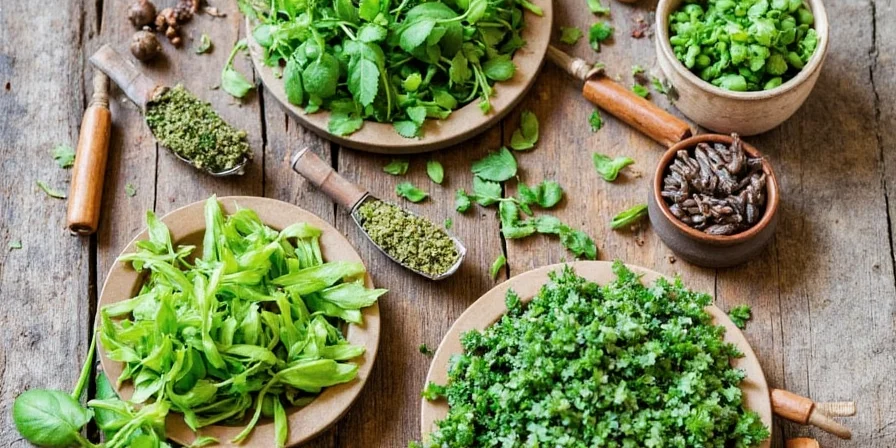
Pro Tips for Using These Spices Like a Pro
- Toasting Cumin: Toast cumin seeds or ground cumin in oil until fragrant before adding other ingredients. This unlocks their nutty flavor.
- Beware the Hing: Asafoetida is strong—use sparingly, unless you want your kitchen to smell like a dragon’s sneeze.
- Timing with Turmeric: Add turmeric early in cooking but don’t overdo it—it can become bitter if burnt.
- Grind Fresh Garam Masala: Pre-ground garam masala loses its punch quickly. Grind whole spices like cloves, cinnamon, and cardamom fresh for maximum impact.
- Soak Fenugreek: Whole fenugreek seeds can be bitter. Soak them or use in powdered form for a mellow sweetness.
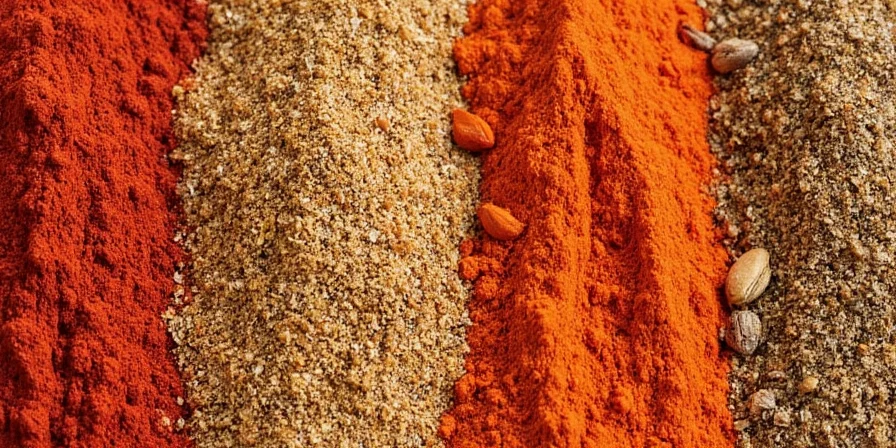
Deep Dive: What Makes Each Spice Special
Let’s take a closer look at what makes these 10 spices not only delicious, but also culturally and medicinally significant in Indian cooking.
| Spice | Flavor Profile | Common Uses | Cultural/Medicinal Note |
|---|---|---|---|
| Cumin (Jeera) | Earthy, nutty, slightly peppery | Base for curries, rice dishes (like biryani), snacks (like chaat) | Aids digestion and has anti-inflammatory properties |
| Turmeric (Haldi) | Earthy, bitter, warm | Curries, lentils, golden milk | Holds powerful antioxidant properties; used in Ayurvedic medicine |
| Coriander (Dhaniya) | Citrusy, sweet, floral (seeds); herbal, pungent (leaves) | Chutneys, spice blends, vegetable dishes | Rich in antioxidants; used to soothe digestive issues |
| Cardamom (Elaichi) | Sweet, floral, aromatic | Desserts, chai, meat dishes | Used in traditional breath fresheners and digestive aids |
| Mustard Seeds (Sarson) | Pungent, nutty when cooked | Tempering in dals, pickles, South Indian dishes | Contain omega-3s and minerals; commonly used in Ayurveda |
| Fenugreek (Methi) | Bitter, maple-syrup-like aftertaste | Methi paratha, sabzis, pickles | Used to regulate blood sugar and support lactation |
| Garam Masala | Warm, complex, customizable blend | Finishing touch in curries, stews | Varies by region; often contains healing spices |
| Red Chili Powder (Lal Mirch) | Hot, sharp, fruity | Spicing up everything from chutneys to biryanis | Boosts metabolism and circulation |
| Asafoetida (Hing) | Pungent, onion-garlic aroma | Tempering in lentils, vegetarian dishes | Great for digestive health; substitute when avoiding onions/garlic |
| Fennel Seeds (Saunf) | Sweet, licorice-like | Mouth freshener, post-meal snack, in sweets | Helps with digestion and breath |
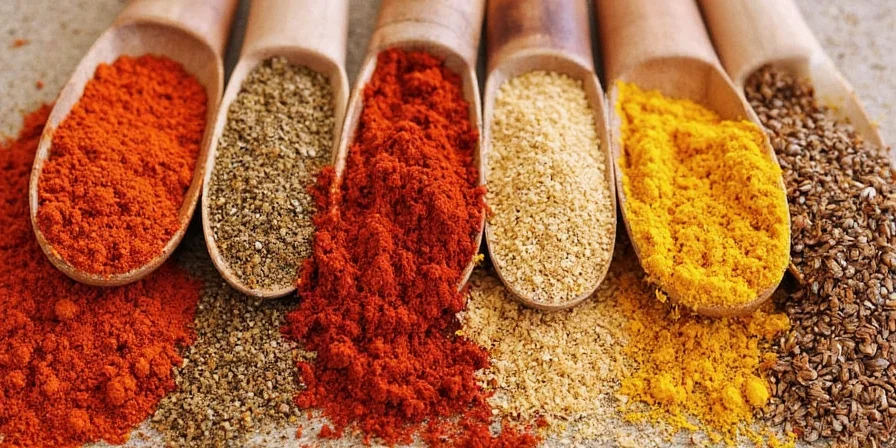
Conclusion: Spice It Up and Own Your Inner Raj Chef
There you have it—the holy spice trinity (and then some) of Indian cuisine. Whether you're cooking for comfort, celebration, or simply trying to impress your friends with a killer paneer tikka, these spices are your secret weapon.
Now go forth and season like a pro! Just remember: a little goes a long way, especially when dealing with hing and red chili powder. Trust us—you don’t want your dinner guests coughing like they’re auditioning for a fire drill.
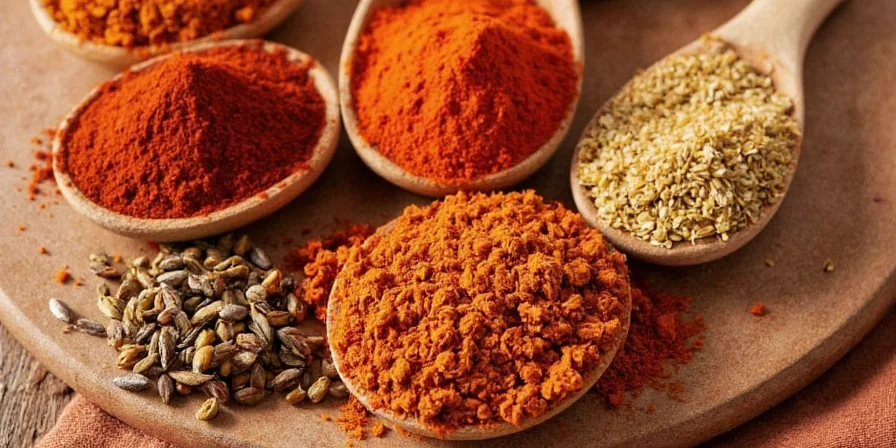

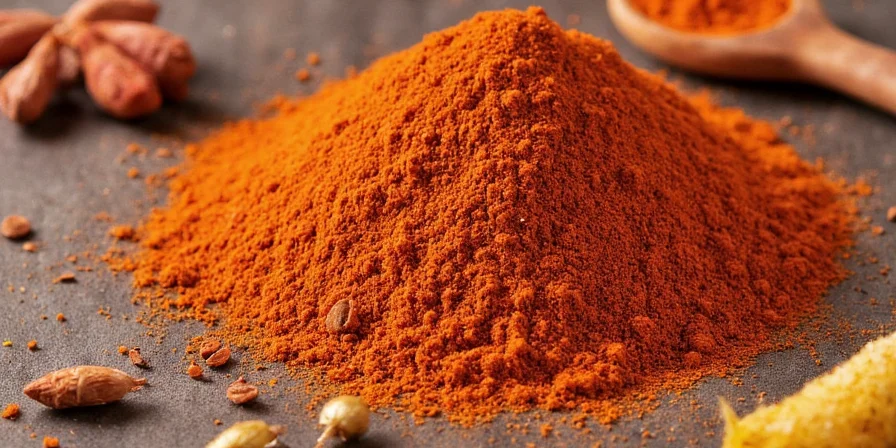









 浙公网安备
33010002000092号
浙公网安备
33010002000092号 浙B2-20120091-4
浙B2-20120091-4